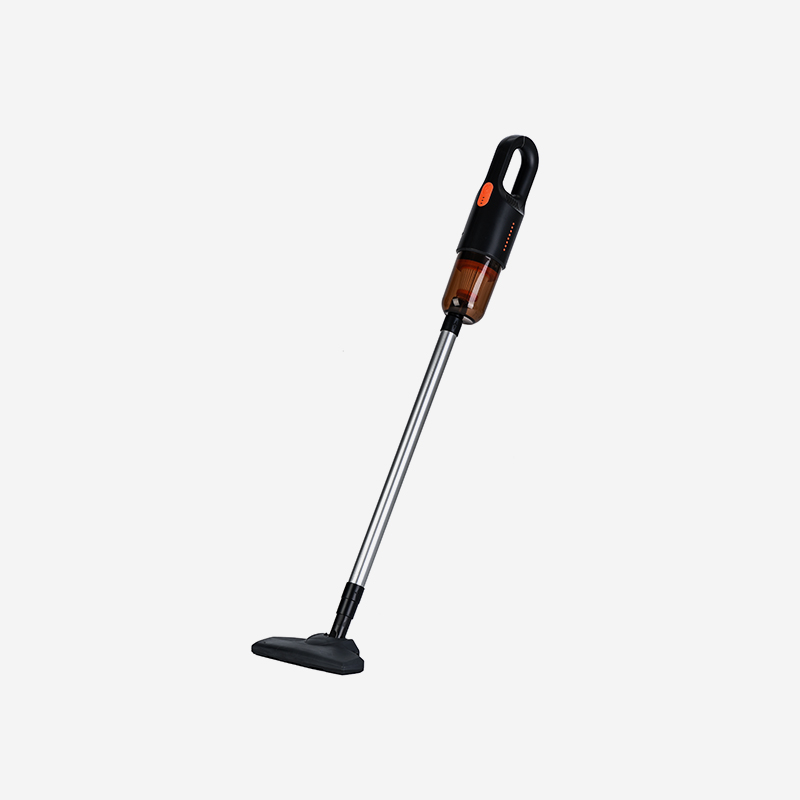There are many types of vacuum cleaners, from portable handheld units to heavy duty ones that are suitable for industrial applications. They can remove a wide range of materials, including dirt, dust, metalworking chips, welding fumes, and oil mist. These devices can be battery powered or corded, and are suitable for both residential and commercial use. Some models are designed specifically for carpet cleaning, while others are used for light duty cleanups.
Vacuums are the ultimate multi-purpose devices. They collect dirt and other debris from a variety of different locations, and they do so by using negative pressure. The air pushed into the device is filtered and sent out through an exhaust port. This air tends to scatter the debris rather than clinging to it.
Before vacuum cleaners became popular, people cleaned their floors manually. The first manual vacuums used bellows to generate suction. Another type of vacuum was a carpet sweeper that worked by using a rotating brush to gather dust. Other designs relied on a blower to force the air into the machine.
In 1901, British engineer Hubert Cecil Booth patented a powered vacuum cleaner. His design relied on an internal combustion engine for power and a cloth filter to capture the dirt and dust. He also designed a horse drawn "Puffing Billy" that depended on the air pumped through the cloth filter.
When Booth's vacuum cleaner proved successful, the British Vacuum Cleaner Company was founded. A series of court cases ensued to determine whether or not the device actually worked. While some disgruntled inventors were convinced that Booth's design was untrue, Booth was able to convince the courts that his device did work.
After the Second World War, vacuum cleaners were more widely available and became a staple of the middle class. The invention of the vacuum was a major leap forward in the cleaning industry. Today, a vacuum can be found in almost any home or business. Depending on the model, they can be used for carpet cleaning, floor care, and even for mishandling wet or dry waste.
The Hoover Company first made an upright vacuum in 1926. After that, they started to add attachments and bags for disposal. Their first vacuum sold for $60. Later, they developed a beater bar. The company also invented a variety of disposal filter bags.
Many North American vacuum manufacturers give their current in amperes. That's because they multiply amperes by the line voltage of 120 volts. Most of the rest of the world doesn't have this requirement. However, a few countries require the use of a power assist.
Although vacuums can be found in all kinds of industries, they are mainly used for cleaning industrial buildings and homes. A continuous-duty vacuum is one that will operate continuously for long periods of time, often for 24 hours at a stretch. It will usually have a primary filter, a pre-separator, and a container for collected materials.
Some vacuum designs use an independent air intake for cooling, while others are equipped with a blower for removing excess water. Some vacuums also have self-propelled vacuum trucks that are used for larger spills.


Battery capacity 18650 lithium battery 2000mAH*3
Charging time 3-5 H
Product size 34.5*8.3*8.7 CM
Color box size 57*13.2*14 CM
Carton size 59*55*35 CM
DIM 12PCS/CTN G.W:14.5KG N.W:13.5KG
Product Accessories Brush , suction nozzle , hose , floor brush , floor Rod , adapter .

 English
English Español
Español

 more
more





































